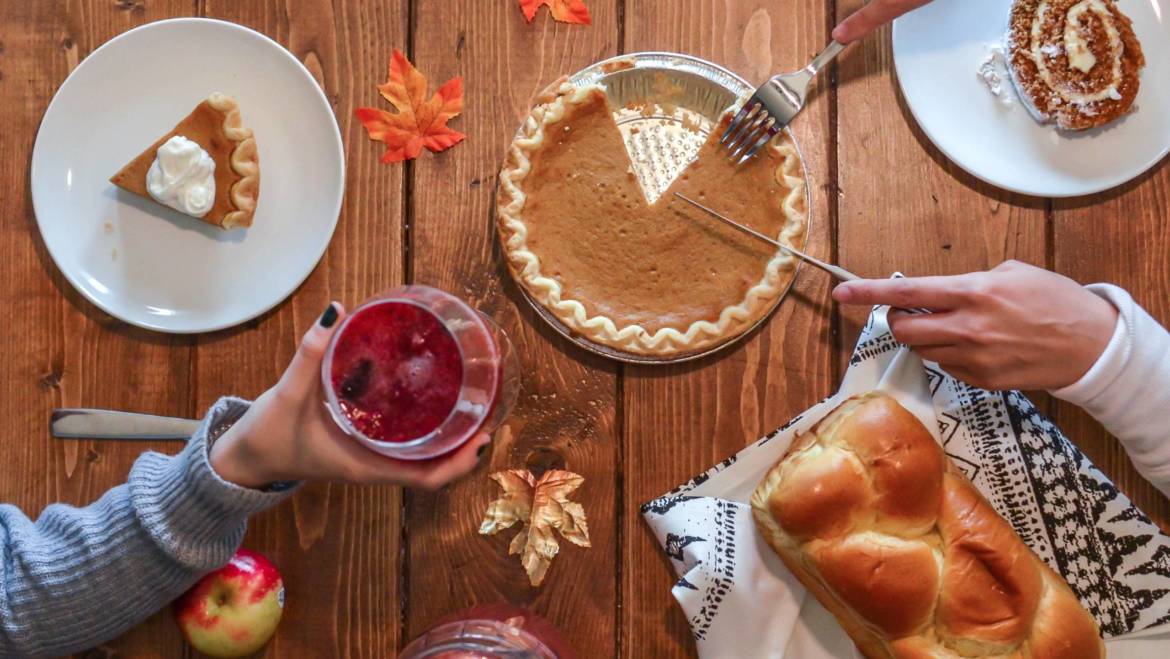With Thanksgiving just days away, many churches are preparing to host and serve Thanksgiving meals on-site. When serving a large number of people, it is important to take the necessary safety precautions to avoid illness from food-borne bacteria. If your church has a policy regarding food preparation, make sure all employees and volunteers have received training on those procedures prior to your Thanksgiving meal.
Preparing Your Kitchen
The first step in cooking a meal is to make sure all kitchen spaces and utensils are clean. Wash your hands with warm, soapy water for 20 seconds both before and after preparing a meal. Clean cutting boards, dishes, utensils and countertops with hot, soapy water before and in between using each food item. Once the proper cleaning steps have been completed, your employees and volunteers can begin cooking.
Cooking the Turkey
For some, the best part of a Thanksgiving dinner is the turkey. The Centers for Disease Control and Prevention provide some safety tips on how to prepare, stuff and cook your turkey to perfection. During the process of making the meal, be sure that raw, cooked and ready-to-eat foods are kept separated.
Serving Guests
When it is time to serve your members and guests, consider the following:
- Do not mix new food with existing food in a buffet line.
- Food should not be left out at room temperature for more than two hours.
- Hot foods should be kept at 140 degrees Fahrenheit or above and cold foods at 40 degrees Fahrenheit or below.
- Use disposable gloves when handling ready-to-eat foods without utensils.
As suggested by the USDA’s Food Safety and Inspection Service, store any leftovers in containers that are covered and airtight. Be sure any leftovers are immediately placed in the refrigerator or freezer.
Protect those who visit your church this holiday season by ensuring the food they are given is prepared and served properly. By practicing safe procedures, your church can reduce the risk of any kitchen accidents. For more information and tips on food safety, read the “Preparing, Serving, and Storing Food Safely” fact sheet from SafeChurch.
Click here for the original blog from GuideOne.

